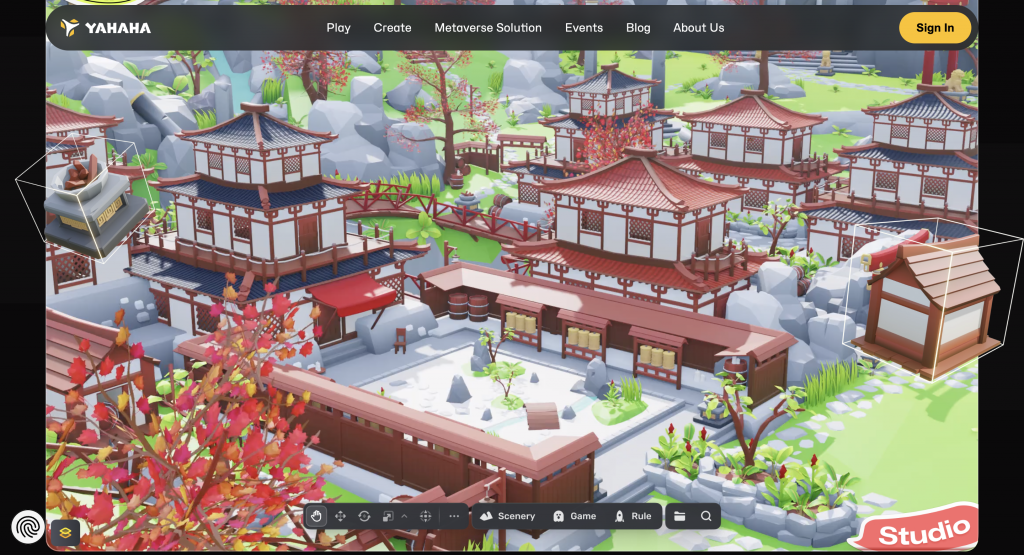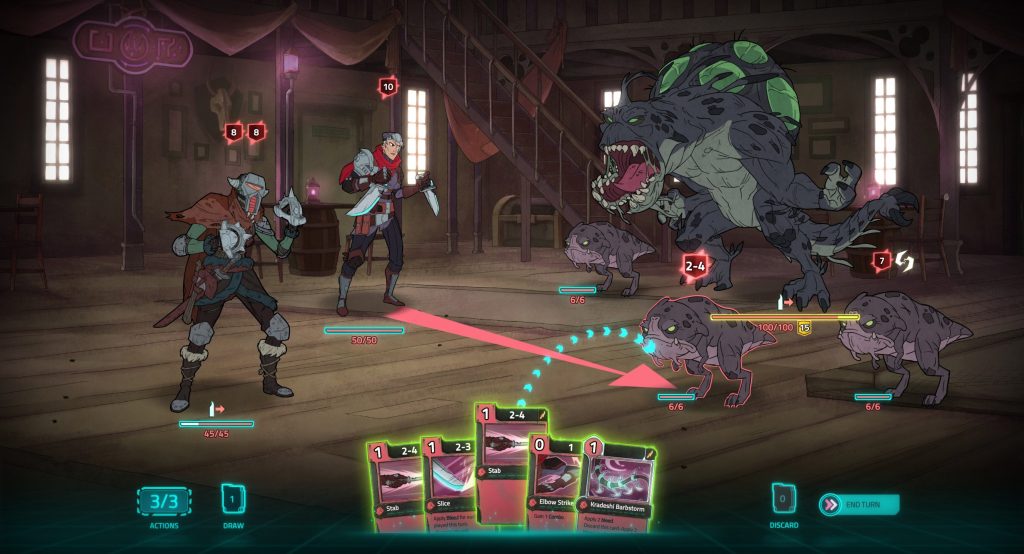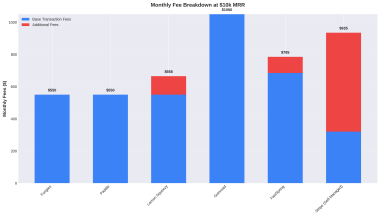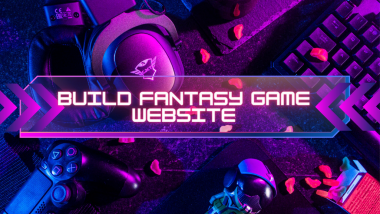Gone are the days when creating a game was a complex task that required advanced coding skills. Thanks to no-code game development tools, anyone can now create games without writing a single line of code. These no-code tools allow game creators to design and develop games without the need for programming knowledge, which is a game-changer for many aspiring game developers.
In this article, we’ll explore the world of no-code game development and showcase ten examples of how these games were created using Yahaha Studios, Bubble, Gdevelop, or similar no-code tools. We’ll also discuss the benefits of no-code game development, the challenges that come with it, and how it has changed the game development industry.

What is No-Code Game Development?
No-code game development refers to the process of creating a game without writing any code. No-code tools are platforms that provide users with pre-built components, interfaces, and logic, allowing them to design and develop games without the need for programming knowledge. These tools typically use a visual interface, drag-and-drop elements, and pre-built templates to help users create games quickly and easily.
No-code game development has become popular in recent years because it removes many of the barriers to entry for aspiring game developers. With no-code tools, anyone can create games, regardless of their programming knowledge or experience. It also allows game developers to focus on the creative aspects of game development, such as game design, storyboarding, and art, rather than the technical aspects.
Benefits of No-Code Game Development
There are many benefits to using no-code game development tools. Here are a few of the most significant:
- Accessibility: No-code tools make game development accessible to anyone, regardless of their programming knowledge or experience.
- Efficiency: No-code tools allow game developers to create games quickly and efficiently, as they don’t have to spend time writing code.
- Creativity: No-code tools allow game developers to focus on the creative aspects of game development, such as game design, storyboarding, and art.
- Lower costs: No-code tools are typically more affordable than traditional game development tools, which means that game developers can create games on a tighter budget.
- Faster prototyping: No-code tools allow game developers to quickly prototype game ideas, which can help them test their ideas and refine their concepts.
Challenges of No-Code Game Development
While no-code game development has many benefits, it also comes with its challenges. Here are a few of the most significant:
- Limited customization: No-code tools typically provide pre-built components and interfaces, which can limit the customization options available to game developers.
- Limited scalability: No-code tools may not be suitable for large-scale game development projects, as they may not provide the flexibility and scalability required for more complex games.
- Limited functionality: No-code tools may not be able to provide all the features and functionality required for certain types of games.
- Learning curve: While no-code tools are designed to be user-friendly, there may still be a learning curve involved in using them effectively.
10 Examples of No-Code Games
Here are ten examples of games created using no-code game development tools:
- Griftlands
Griftlands is a role-playing game developed by Klei Entertainment using their own in-house no-code game development tool. The game features a unique deck-building combat system, which allows players to collect and customize cards that they use in battles.

- Death Coming
Death Coming is a puzzle game developed by NEXT Studios using the Unity engine and Playmaker, a popular no-code tool for Unity. The game challenges players to cause accidents and disasters that will kill specific targets while avoiding detection.
- Gorogoa
Gorogoa is a puzzle game developed by Jason Roberts using Adobe Flash and Construct 2, a popular no-code game development tool. The game features beautiful hand-drawn artwork and a unique gameplay mechanic that involves manipulating and combining hand-drawn panels to solve puzzles.
- Stardew Valley
Stardew Valley is a farming simulation game developed by ConcernedApe using XNA, a Microsoft development framework, and a combination of no-code tools including Pyxel Edit, Tiled, and MonoGame. The game has gained a massive following due to its charming graphics, relaxing gameplay, and deep systems that allow players to build and manage their own farm.
- Monument Valley
Monument Valley is a puzzle game developed by UsTwo using Unity and a combination of no-code tools including Sketch and Adobe Illustrator. The game features beautiful Escher-inspired environments and mind-bending puzzles that challenge players to navigate through impossible architectural structures.
- Alto’s Adventure
Alto’s Adventure is an endless snowboarding game developed by Snowman using Unity and a combination of no-code tools including Photoshop, Illustrator, and TexturePacker. The game features stunning graphics, a relaxing soundtrack, and addictive gameplay that has kept players coming back for more.
- Superhot
Superhot is a first-person shooter game developed by Superhot Team using Unity and a combination of no-code tools including Maya, Photoshop, and Premiere Pro. The game features a unique gameplay mechanic that involves time moving only when the player moves, which creates an intense and strategic gameplay experience.
- Thomas Was Alone
Thomas Was Alone is a puzzle platformer game developed by Mike Bithell using Construct 2, a popular no-code game development tool. The game features minimalistic graphics and a charming narrative that follows a group of geometric shapes with unique personalities as they navigate through a series of increasingly complex puzzles.
- Reigns
Reigns is a strategy game developed by Nerial using Unity and a combination of no-code tools including Illustrator and Photoshop. The game challenges players to manage a kingdom by swiping left or right on a deck of cards that represent different decisions, such as taxes or military actions.
- Downwell
Downwell is a retro-style platformer game developed by Moppin using GameMaker Studio, a popular no-code game development tool. The game features a unique gameplay mechanic that involves navigating through a vertical shaft while avoiding enemies and collecting power-ups.
Conclusion
No-code game development has revolutionized the game development industry by making game development more accessible, efficient, and creative. While there are still some challenges to using no-code tools, the benefits far outweigh the drawbacks, and we can expect to see even more innovative and exciting games created using these tools in the future.
The ten examples of no-code games we’ve showcased in this article demonstrate the incredible variety of games that can be created using no-code tools, from puzzle games to RPGs to first-person shooters. These games also show that no-code game development is not a limitation on creativity or quality, but rather a powerful tool that can help game developers bring their ideas to life more easily and quickly than ever before.






